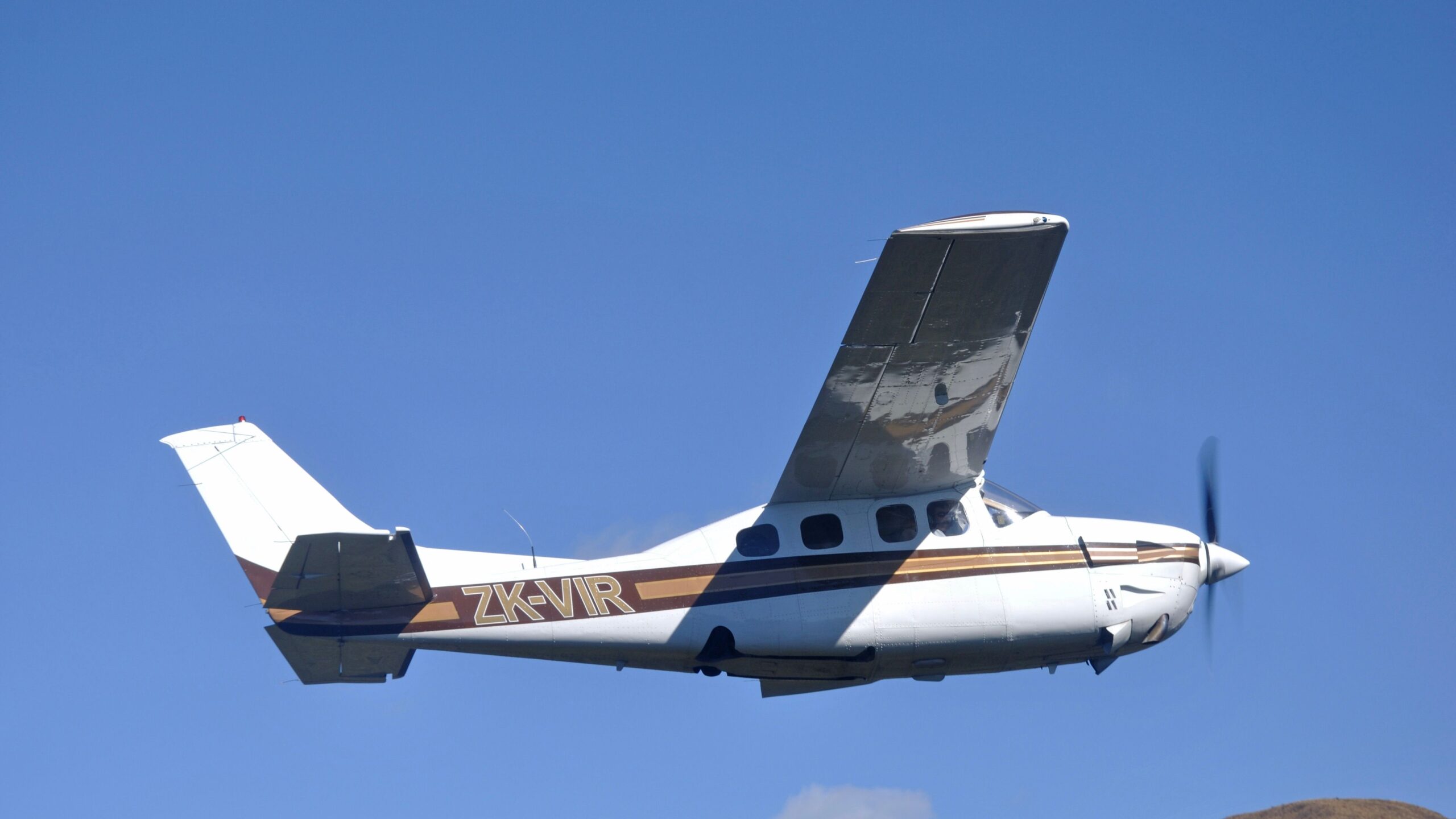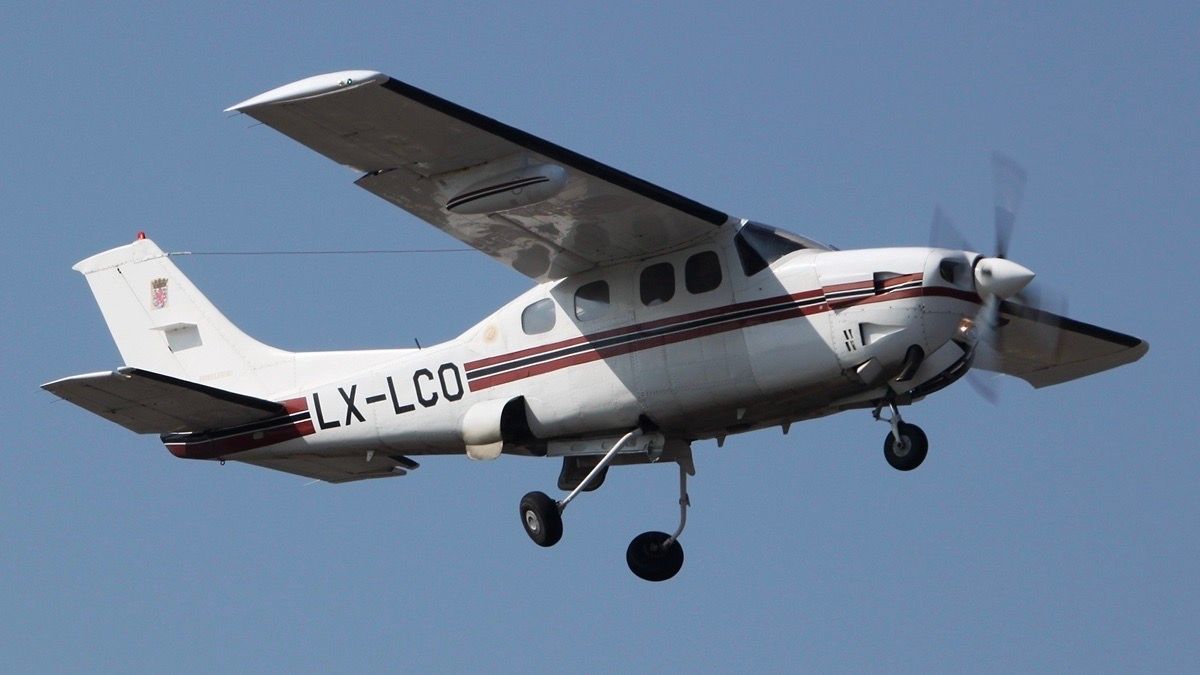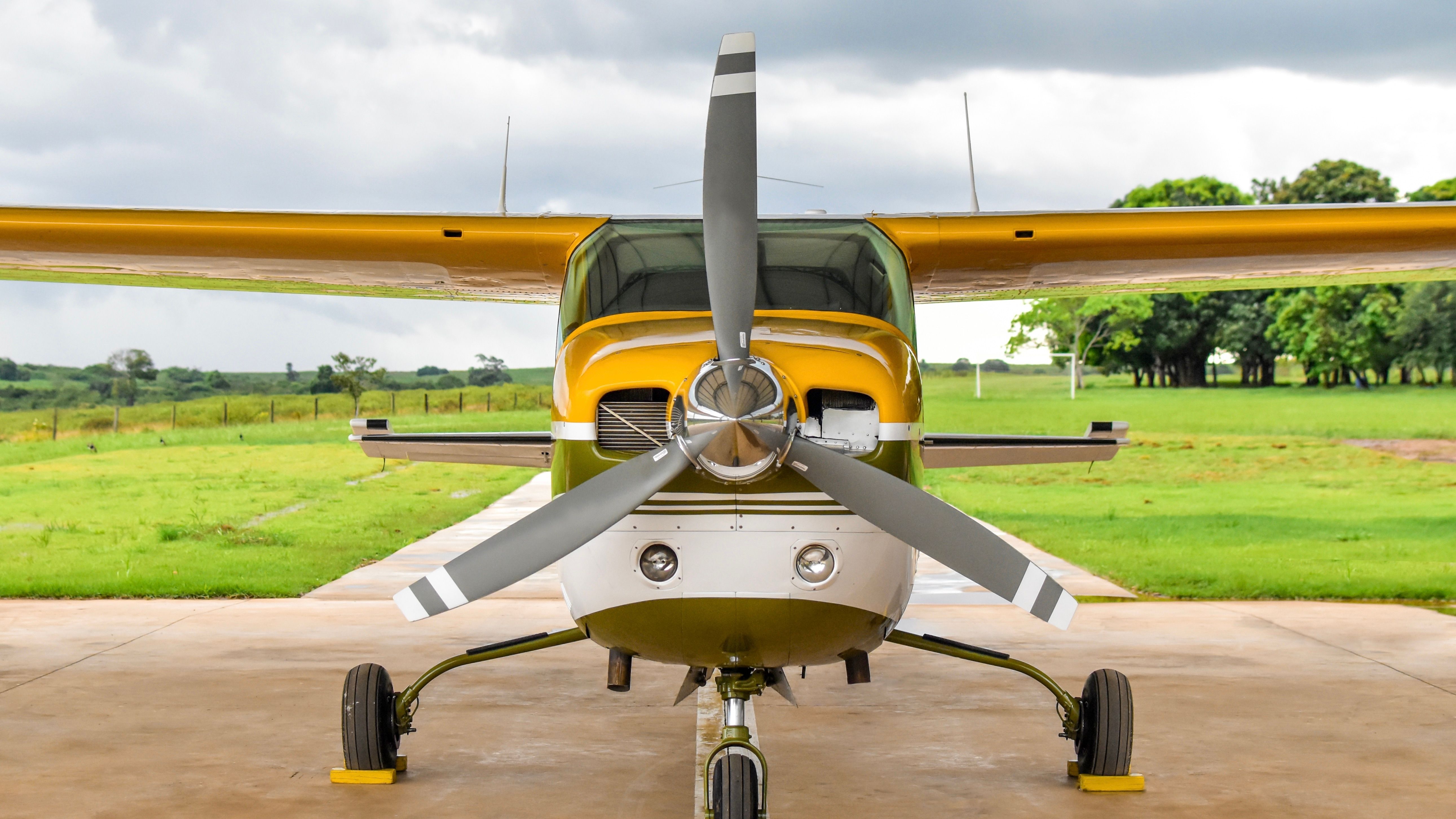Summary
- The Cessna P210, a pressurized version of the Cessna 210, was produced from 1978 to 1986, offering improved comfort and performance at higher altitudes.
- The P210 was designed to meet the demand for high-performance, single-engine aircraft capable of flying at higher altitudes with cabin pressurization.
- The Cessna P210 provided a combination of comfort, performance, and reliability, making it a popular choice among pilots who needed to fly at higher altitudes and in various weather conditions.
The Cessna P210, also known as the Pressurized Centurion, was produced from 1978 to 1986. This model was a pressurized version of the popular Cessna 210, designed to offer improved comfort and performance at higher altitudes. The Cessna standard, non-pressurized Cessna 210—an upgrade from the Cessna 182—had a substantial production run from 1957 to 1986. The P210 was introduced for the 1978 model year and continued production until Cessna retired the model 210 type in 1986. During this period, 873 P210 aircraft were produced, with the P210R variant being the rarest and most advanced, but only produced during 1985 and 1986.
Demand for high-performance singles
Cessna designed and built the P210 to meet the demand for high-performance, single-engine aircraft capable of flying at higher altitudes with cabin pressurization. Consequently, P210 pilots and their passengers would typically fly at FL230 instead of the 8-12,000-foot altitude common to the unpressurized models.
Why a pressurized 210?
The Cessna 210 was a successful high performance aircraft perched at the top of Cessna’s single-engine model line-up. General aviation buyers were impressed with the airplane and were buying it in large numbers; so why a pressurized variant, with all the design challenges that a pressurized cabin introduced?
The short answer is market share. By 1978, Cessna was manufacturing every type of general aviation aircraft, from the Cessna 150 and 172 lines of trainers all the way up through the 210, including twin reciprocating-engine powered twins including the 337 centerline thrust twin, the 340 and 421 pressurized twins, all the way up through the Cessna 441 Conquest turboprop and the early CE-500 Citation jets. If there were a market niche for a fast, high-performance, pressurized single-engine airplane, Cessna would feel compelled to fill it.
Aircraft characteristics:
- Pressurization: The P210 enabled high-altitude flight for more comfortable and less fatiguing flights. This feature reduces the need for supplemental oxygen and allows flight above weather and turbulence, leading to a smoother and quieter ride.
- Performance: The P210 combines proven technology with the concept of all-weather, high-altitude, single-engine flight. It utilized a well-proven engine/turbocharger system, making it a reliable choice for pilots needing to maintain schedules and fly in IFR weather conditions.
- Market Demand: There was a growing interest in pressurized single-engine aircraft during the late 1970s and early 1980s. The P210 was Cessna’s response to this demand, offering a more affordable alternative to twin-engine pressurized aircraft while still providing the benefits of pressurization.
- Competition: The introduction in 1984 of the Piper Malibu, another pressurized single-engine aircraft, pushed Cessna to enhance the P210’s capabilities to remain competitive. This led to the development of the P210 and, ultimately, the P210R, with progressively more powerful engines, improved aerodynamics, and increased fuel capacity.
Overall, the Cessna P210 was designed to offer a combination of comfort, performance, and reliability, making it a popular choice among pilots who needed to fly at higher altitudes and in various weather conditions. In all, 9,240 Cessna 210 aircraft were built during the type’s 26-year production run.
One of the most prominent Cessna P210 pilots and arguably the most prolific writer about the aircraft, Richard Collins, Editor-in-Chief of Flying and Air Facts magazines, said,
“The 210 was, simply, an airframe that was adaptable to a lot of different things, and it offered a lot of utility and performance at a relatively reasonable price.”
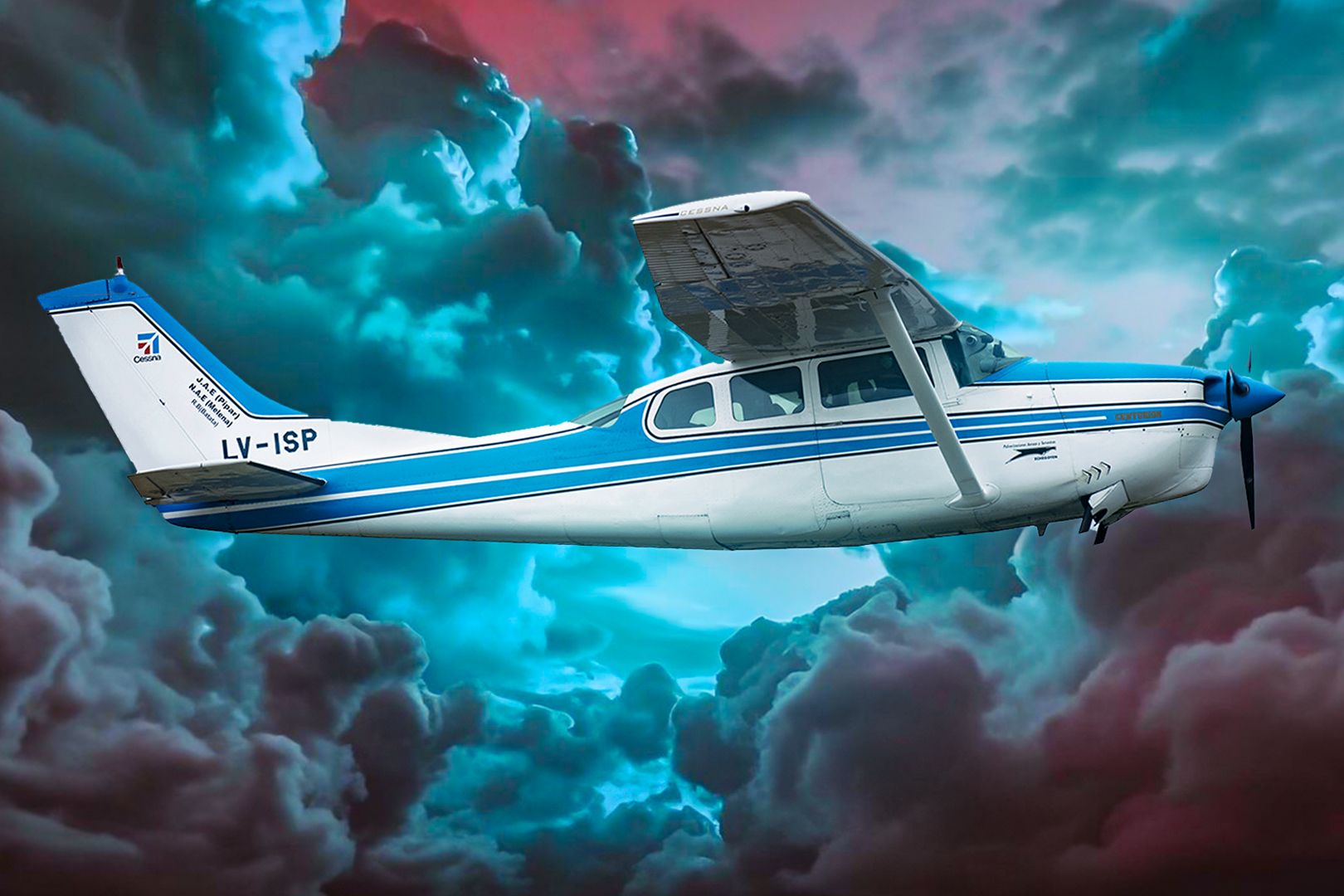
Related
Nearly 10,000 Produced: A Guide To The Cessna 210 Centurion
A stalwart in general aviation.
Sales price—Cadillac performance for a Chevrolet price
Original prices ranged from around $30,000 for early models to over $200,000 for later variants. Current used prices vary widely based on condition and model, typically ranging from $70,000 to $390,000. By contrast, the price of a roughly equivalent performance airplane, the Beechcraft A36 Bonanza, is as much as $753,000.
Photo: Serginho Vellila | Shutterstock
Cessna P210 Performance:
- Cruise speed: 165–200 knots, depending on model
- Max Structural Cruise Speed: 167 KIAS
- Stall Speed: 65 KIAS
- Range: 700-1,000 nautical miles
- Service ceiling: 25,000 feet
- Rate of climb: 930-1,300 feet per minute
Pilot impressions
Owners and pilots of the Cessna P210 may express mixed feelings about their aircraft. Most relish the speed, the capability to reach the Flight Levels that keeps them above the worst of the weather, and it’s hard to fault the 1,000 NM+ range of the Cessna 210R model, which is rare in a single-engine reciprocating-powered aircraft.
However, owners and pilots have always expressed mixed feelings about the aircraft.
The downside to the P210 is cockpit control complexity and maintenance issues involving the turbocharger-compressed air pressurization system, the automated cabin pressure controller, and the “twist and tuck” landing gear design.
The airplane requires regular, knowledgeable, and diligent maintenance to avoid problems with these systems. The early airplanes before the 210R had a shorter, i.e., three-foot shorter horizontal stabilizer that resulted in a nose-heavy aircraft that could be a handful on an IFR approach to minimums and low-visibility landing.
But then again, the high cantilever wing gave the cockpit and cabin superb visibility, and the aircraft was arguably more stable and comfortable in turbulent air than its low-wing competitors.
Modern single-engine aircraft such as the Cirrus SR22, the Mooney Acclaim and Ovation Ultra, the Piper M350, and the Raytheon Beechcraft A 36 easily eclipse the performance capabilities of the Cessna 210 and P210, albeit at a price of $700K to over $1 million.
The Cessna P210 flies on today as a vestige of a boom time in general aviation when Cessna and other manufacturers produced an airplane for every budget and purpose.
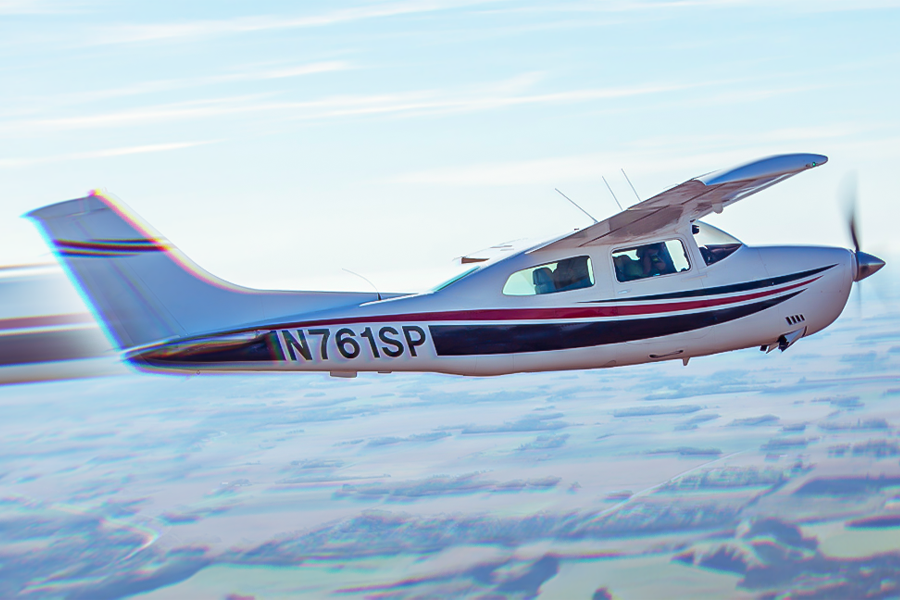
Related
The Centurion: What Is The Cessna 210’s Cruise Speed?
This aircraft is known to general aviation pilots as the king of the skies. Let’s find out why.

